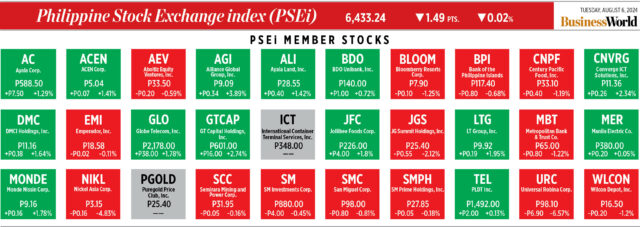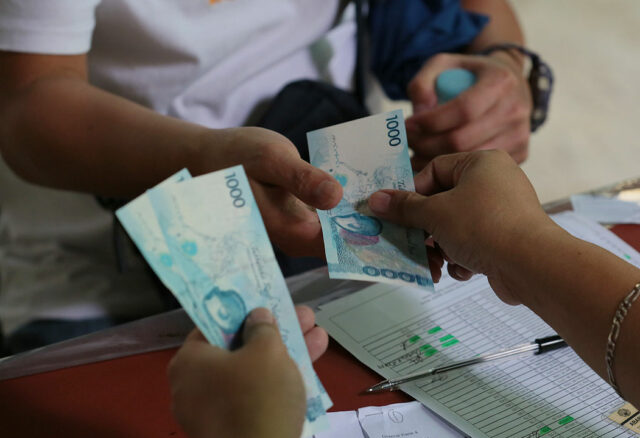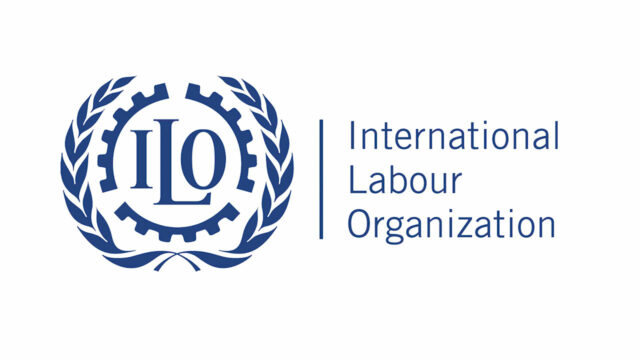China’s abandoned building sites are killing oil demand

TO GET AN IDEA of why the oil industry keeps failing to see the demand lift from China that it’s been waiting for all year, consider this: The area of buildings that broke ground in the six months through June was the lowest since 2009.
That remarkable slowdown is a problem for the cement industry, as we’ve written. But it is also reverberating through the oil market in ways that are still not appreciated, because China’s building sector is one of the world’s biggest consumers of diesel fuel, also known as gasoil. Emissions from all the trucks, excavators, and site generators that have operated at headlong rates in recent years will fall as they stand increasingly idle. That’s good news for the climate, but bad news for anyone who was counting on China’s thirst for crude remaining as unslakeable in the future as it was during the 2010s.
China’s millions of diesel engines consume just under 4% of the world’s oil. As a result, they account for a bit more than 1% of the world’s carbon dioxide emissions, a similar climate footprint to France and Scandinavia put together. On measure after measure, however, this industry looks to be in trouble.
Gasoil demand in June fell 11% from a year earlier, and in Shandong the teapot refineries — a group of privately owned processing plants that focus on turning crude into diesel — are operating at barely half of their capacity. Barring blips in 2020 and 2022, when draconian COVID-19 lockdowns brought the national economy to a juddering halt, that’s the worst performance in nearly a decade.
Diesel’s great advantage over other petroleum products is that it has such a diverse array of uses. The noise, complexity, and dirt of its engines mean that it’s rare to see it in passenger cars or motorbikes.* But it’s much more efficient than gasoline, in both financial and climate terms, at converting chemical energy into work — so it’s preferred by anyone with an eye on the bottom line.
In measure after measure, however, the vehicles and engines that consume it are struggling. With construction activity and the coal production boom of 2021 and 2022 easing, first-half production of excavators last year fell to its lowest level since 2017. (This year it’s up marginally, but still below any other of the past seven years.) The power capacity of engines as a whole, sweeping in all uses of diesel as well as gasoline and marine fuel oil, is similarly running at rates last seen in the middle of the previous decade.
The full picture may be even worse than you’d realize just from counting vehicles and engines. That’s because natural gas and batteries are cutting deep into gasoil’s traditional dominance of heavy-duty drivetrains. As recently as 2021, all but a handful of the semi-trailer vehicles manufactured to haul big truck loads were powered by diesel. So far this year, its share is barely holding above 50%, as electric and gas drivetrains take market share. The total number of diesel semi-cabs produced through June was the lowest first-half total since 2015.
The energy think-tank run by PetroChina Co. reckons that between 10% and 12% of China’s gasoline and diesel demand has already been replaced by natural gas and battery vehicles. S&P Global Commodity Insights recently quoted a PetroChina official arguing that the country’s gasoil consumption peaked last year, and will fall by 5% in 2024.
Even more bullish analysts see a troubled future. Bloomberg Intelligence’s Henik Fung and Chia Chen see diesel consumption growing until 2027 but slumping thereafter as the energy transition wipes out more than half of China’s oil demand by 2050, to the point where the country may become almost self-sufficient in crude.
Even as China’s leadership struggles to make the long-promised shift from a carbon-intensive, investment-heavy growth model toward one that focuses on less polluting consumption activities — such as finding the best place to shop for milk tea and stinky tofu — investors are failing to grasp the implications of what’s happening.
The demand weakness out of Asia that’s confounded oil markets over the past year isn’t a mysterious but temporary hiccup. Instead, it’s the sign of an economic model that has run its course, and will have compounding effects as the construction downturn ripples through all the industries that once fed its epic growth rates.
For all the forecasts of ongoing demand from the oil industry, crude production last year was still about a million barrels a day below its peak level in 2018. Expect more of the same. China accounted for about half of the world’s increase in oil consumption so far this century, and a similarly outsized share of the world’s emissions. With its engine now sputtering, the world needs to take notice.
BLOOMBERG OPINION
*Europe, which for a while disastrously promoted diesel cars as the best way to decarbonize road transport, is the major exception.












